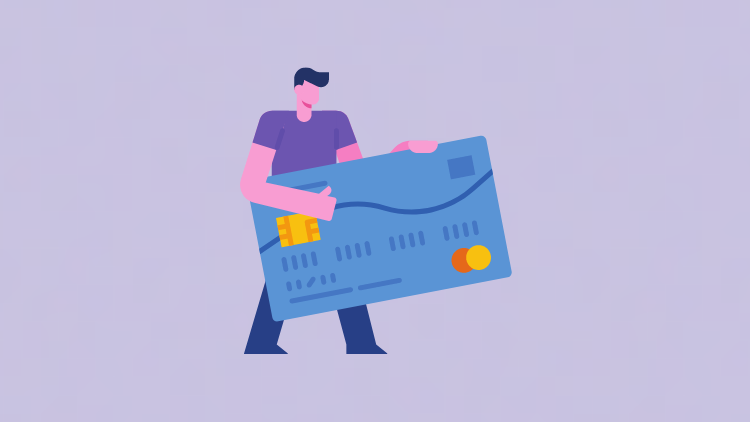Online Lenders
Fast approval fertile for stolen and synthetic identities: BNPL’s fraud problem
- BNPL fraud rate grew by 66% YoY between 2020 and 2021.
- The most prevalent methods of fraud in the industry are account takeovers and synthetic identity fraud.








